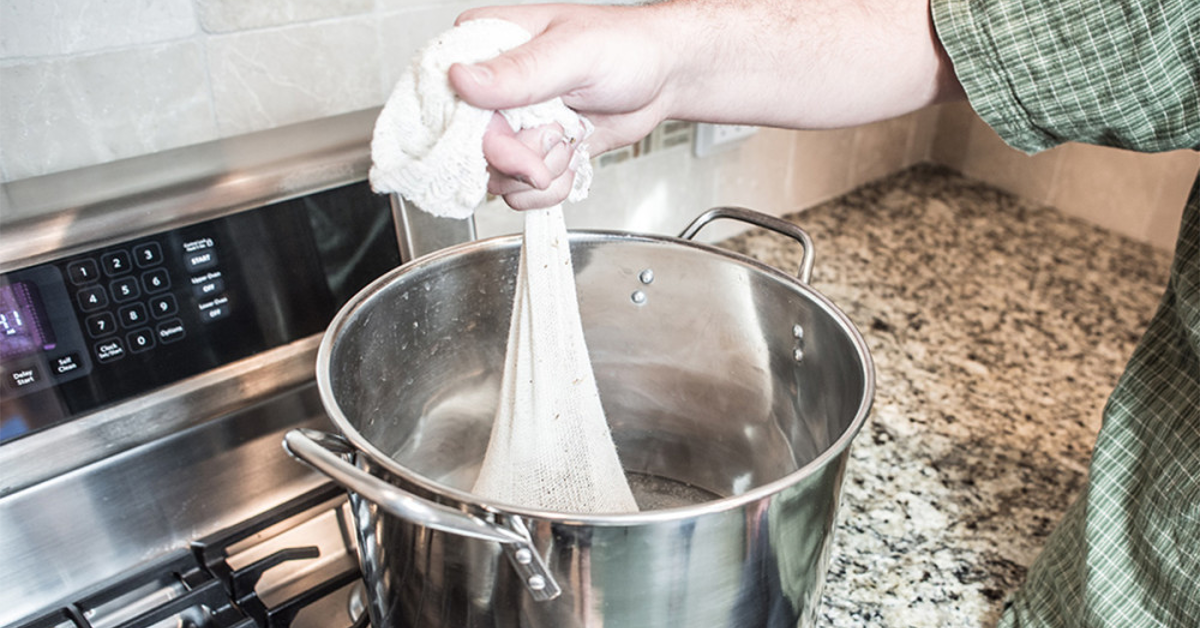

These strong responses are generally either based on a misunderstanding of the purpose of the guidelines, on observations of them being used incorrectly, or on a dislike of the person or group making the guidelines. Some beer enthusiasts support the idea of beer styles but strongly disagree with particular style descriptions or sets of guidelines.
American homebrew association competition professional#
Problems arise when this advice is not followed.įor some professional brewers (and even homebrewers), even mentioning the subject of beer styles is like waving a red flag in front of a bull.

Whichever set of guidelines are chosen as a reference, be sure you understand why they were created and try to use them for their intended purpose. Beer writers group beer so they can tell a story, usually discussing how styles were developed and how they are currently made. Style guidelines from consumer-oriented organizations are meant to provide an easy way to discuss beer and to compare similar commercial examples. The outcome would be totally arbitrary and would depend on the background and whims of those who judge the beers-not a desirable situation. Judging would simply become a hedonistic event, where judges would pick beers according to their own personal preferences. Without beer styles, competitions would be nearly impossible to conduct.

The guidelines of the BJCP and the Brewers Association are designed to assist competitions by providing a frame of reference for brewers and judges, and by grouping together similar beer styles for judging purposes. Most style guidelines are created with a purpose in mind. The guidelines are based on currently acknowledged, world-class commercial examples, historical references to styles no longer brewed, and writings of noted beer researchers and journalists. Those guidelines don’t describe every beer style made in the world but do include those most entered in homebrew competitions. In subsequent discussions, I’m using the BJCP Style Guidelines as my frame of reference since they are the most widely used beer guidelines for homebrewers. Beer writers often have their own categories in fact, most modern style guidelines are based on the early writings of Michael Jackson and Fred Eckhardt.

The Brewers Association publishes guidelines for commercial competitions it sponsors, and several beer-rating websites (such as Beer Advocate) maintain their own guidelines. The most common set of guidelines for homebrewers is the BJCP Style Guidelines, which are used in most homebrew competitions. It’s the quick response given when someone asks you, “What kind of beer is this?”īeer style descriptions are typically organized into a comprehensive set of style guidelines, which can add another layer of structure by categorizing the styles into related groupings. A beer style is simply a structured definition of a certain type of beer that may have originated in a certain country, region, or city, or be known by its color, strength, ingredients, process, or flavor profile. They are intended to be a convenient shorthand for discussing beer, and to allow all who taste the beer to be able to describe it using a common framework and language. Beer styles are part of a structured method for categorizing and describing beer.


 0 kommentar(er)
0 kommentar(er)
